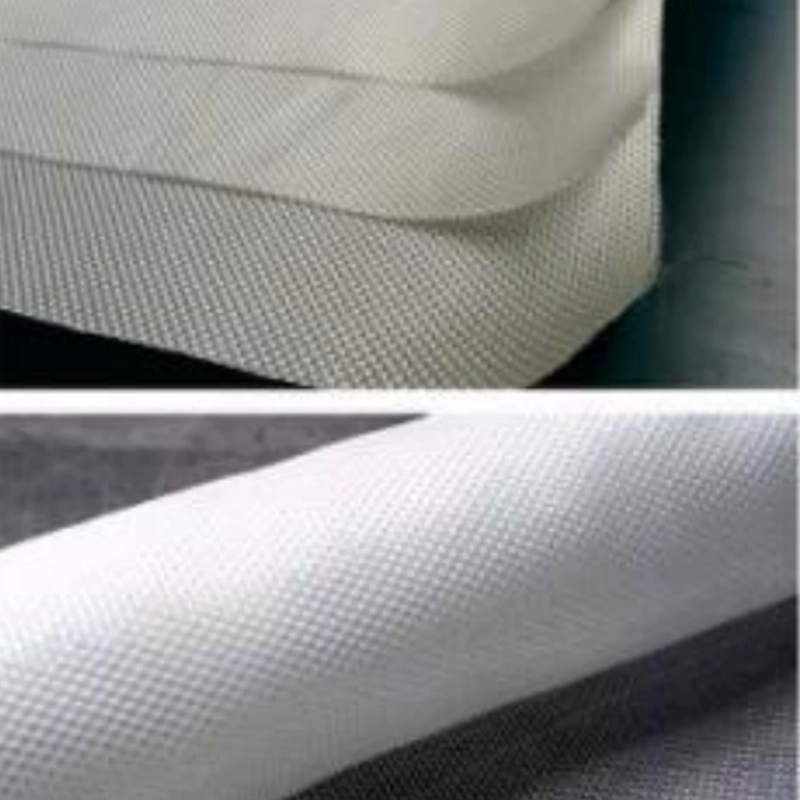
Haoyang woven geotextile production products
Geotextiles have important advantages in coastal protection, which are mainly reflected in the following aspects:
1. Anti-erosion performance: Geotextile has excellent anti-erosion performance and can maintain stability in the environment of seawater impact and wave erosion. It can effectively prevent coastline erosion and slow down or stop the process of coastal erosion. This is a very important advantages of geotextiles in coastal protection.
The erosion resistance performance of geotextiles in coastal protection is mainly reflected in the following aspects:
(1) Suppress water flow erosion: Geotextile has good resistance to water flow erosion, and can effectively slow down the impact of waves, rivers and other water bodies, and reduce the ability of water flow to erode the coast.
(2) Provide soil protection layer: As a covering layer, geotextile can form a protective physical barrier to prevent waves and tides from directly eroding the shore soil and maintain the stability of the coastline.
(3) Promote the growth of vegetation: Anti-erosion vegetation is incorporated into some geotextile designs, which helps vegetation take root and grow in coastal areas. It fixes the soil through the roots of vegetation and enhances the overall erosion resistance.
(4) Resist weathering and ultraviolet rays: Geotextiles usually have durable properties and can resist weathering and ultraviolet radiation, extend their service life, and maintain their erosion resistance.
(5) Adapt to diverse terrains: Geotextiles can be customized according to different terrains of the coastline, flexibly adapt to different protection needs, and improve the overall erosion resistance.
Through these properties, geotextiles can effectively slow down coastal erosion in coastal protection projects, protect coastal soil and vegetation, and ensure the stability and sustainable development of coastlines.
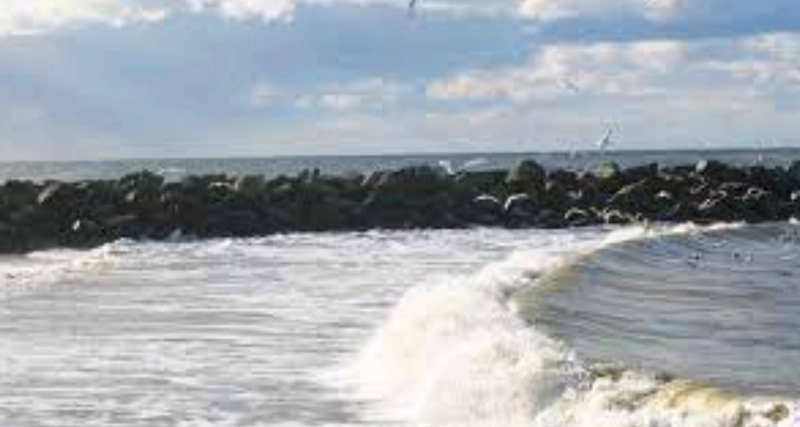
The waves around the coast have huge erosion capabilities and require protection.
2. Anti-permeability: Geotextiles usually have anti-permeability properties, which can prevent seawater from penetrating into the soil behind the coast. This is very important because it helps protect the soil structure behind the coast, preventing soil erosion and instability.
In coastal protection, the anti-permeability of geotextiles is reflected in the following aspects:
(1) Geotextile as an anti-seepage layer: In some coastal protection projects, geotextiles are used as an anti-seepage layer, covering the surface or the lower part of the soil to prevent groundwater or seawater from penetrating into the soil. Its anti-penetration performance can effectively reduce water leakage and protect the stability of underground structures.
(2) Microporous structure prevents water penetration: Some geotextiles have a microporous structure, which can limit water penetration and prevent water from entering the soil. This plays an important role in maintaining the stability of coastal soil and preventing erosion.
(3) Used with anti-seepage layer: Geotextile is often used together with other anti-seepage layer materials (such as HDPE membrane) to form a double-layer or multi-layer structure, which further improves the overall anti-seepage performance. This combination can more effectively isolate the contact between groundwater and soil.
(4) Corrosion resistance: Some geotextiles are corrosion-resistant and can maintain stability for a long time in a humid marine environment. They are not corroded by seawater and ensure anti-penetration performance.
(5) Coating technology improves anti-permeability: Some geotextiles use special coating technology on their surfaces to improve their surface anti-permeability. These coatings can effectively block moisture penetration and increase the anti-seepage effect of the geotextile.
Generally speaking, through its anti-penetration properties, geotextiles can prevent water penetration in coastal protection projects, maintain the stability of the soil, and protect engineering structures from water erosion.
3. Flexibility and adaptability: Geotextile is a flexible and adaptable material that can adapt to coastlines of different shapes and terrains. It can be customized and installed to suit specific coastal engineering needs. This is one of the main reasons and advantages of geotextiles being used in coastal projects.
The flexibility and adaptability of geotextiles in coastal protection are mainly reflected in the following aspects:
(1) Bend and adapt to terrain: Geotextile is flexible and can adapt to different terrains and curve changes of the coastline. This allows for flexible laying during construction, conforming to the undulations of the terrain and ensuring consistent coverage.
(2) Adapt to different soil textures: Geotextiles are suitable for various soil textures, including sandy, muddy, etc., and have strong adaptability. This means that in different types of coastal areas, geotextiles can provide reliable protection regardless of the characteristics of the soil.
(3) Adapt to water level changes: Geotextiles are usually used to resist wave impact and tidal changes. Its flexibility and adaptability allow it to cope with environmental changes in the ebb and flow of tides and varying water level conditions.
(4) Combination with other materials: Geotextile has good bonding properties and can be combined with other protective materials and structures, such as concrete, rocks, etc. to form a comprehensive protection system to improve the overall adaptability and stability.
(5) Tolerance to earthquakes and storms: The flexibility and adaptability of geotextiles also enable it to perform better in natural disasters such as earthquakes and extreme storms. It can withstand certain deformation and stress and maintain the overall protective effect.
Taken together, the flexibility and adaptability of geotextiles in coastal protection enable them to be suitable for different geographical, hydrological and meteorological conditions, providing flexible and reliable protection solutions for coastal engineering.
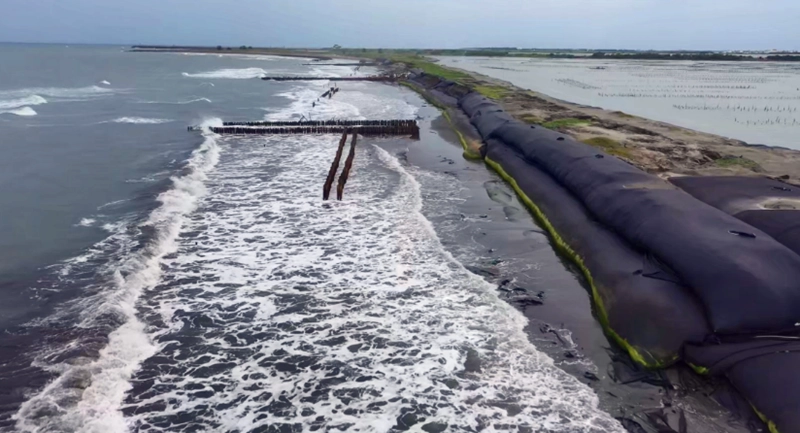
Haoyang's black plastic flat yarn woven geotextile can be widely used to protect coastlines.
4. UV resistance and weather resistance: Geotextiles usually have good UV resistance and weather resistance, and can maintain stable performance in long-term sunlight and marine environments. This is a necessary condition for geotextiles to be used to protect coasts.
5. Slow down wave energy: The deployment of geotextile can effectively slow down the energy of waves, thereby reducing the impact on the coast. This helps protect the coastline and reduces erosion and wave-induced damage.
6. Increase coastal stability: By using geotextiles on the coastline, the stability of the soil can be increased, preventing soil sliding and collapse, and improving the overall stability of the coast.
The use of geotextiles in coastal protection to increase coastal stability is mainly reflected in the following aspects:
(1) Suppressing erosion and erosion: Geotextile covers the coast as a protective layer, which can effectively inhibit erosion and erosion caused by waves, tides or floods. Its strong anti-scouring ability helps maintain the stability of the coastline and slow down soil erosion.
(2) Prevent soil settlement: In coastal engineering, geotextiles are usually used to reinforce soil and prevent soil settlement. This helps maintain the overall stability of coastal projects and prevents engineering structures from being affected by soil settlement.
(3) Strengthen the weather resistance of the soil: The coverage of geotextile can enhance the weather resistance of the soil, reduce the erosion of the soil by external factors such as sea breeze and tidal wind, and help maintain the original strength and stability of the soil. .
(4) Improve resistance to seawater erosion: Some geotextiles are anti-permeable, which can effectively isolate the penetration of seawater, prevent seawater from eroding the soil, and protect the stability of the soil.
(5) Forming a revetment structure: By rationally arranging and fixing geotextiles, a revetment structure can be formed to improve the overall impact resistance of the coast and reduce the erosion of the coast by natural forces such as waves and tides.
Generally speaking, the application of geotextiles in coastal protection can physically and structurally strengthen the soil and improve the stability of the soil, thereby effectively protecting the integrity and stability of the coastline.
7. Sustainability: Geotextiles are usually made of environmentally friendly materials and can be used in the marine environment for a long time without causing a negative impact on the ecological environment.

Schematic diagram of coastal defense structure: Geotextile combined with reinforcement will make coastal protection stronger
In summary, the advantages of geotextile in coastal protection make it a reliable engineering material that can effectively cope with natural forces such as coastal erosion and wave scouring, and achieve coastline protection and sustainable development.
![]() 200g Staple fiber non-woven geotextile.pdf
200g Staple fiber non-woven geotextile.pdf
![]() 300g PET geotextiles test report.pdf
300g PET geotextiles test report.pdf
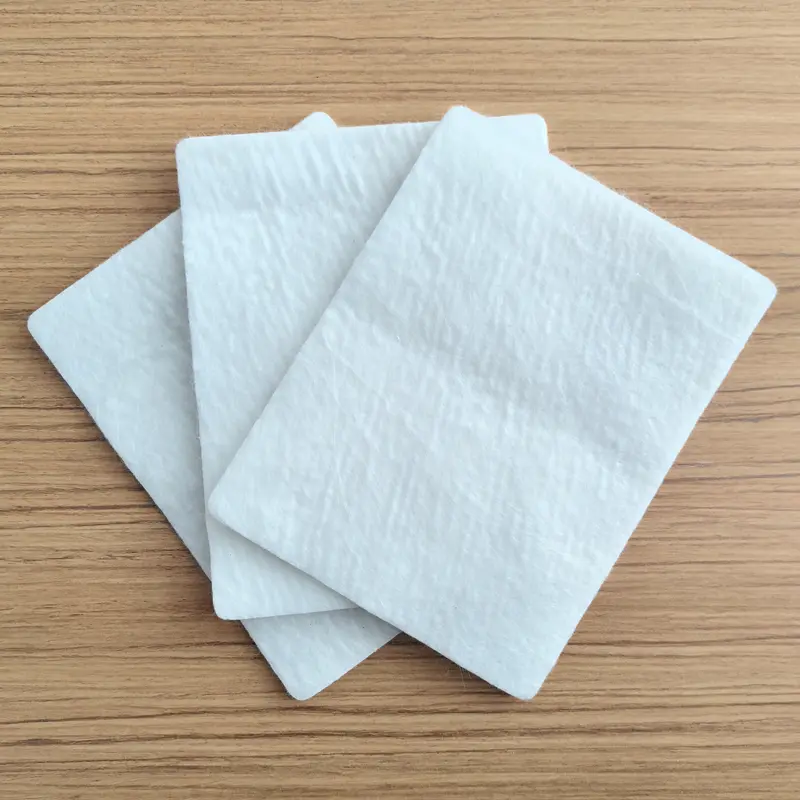
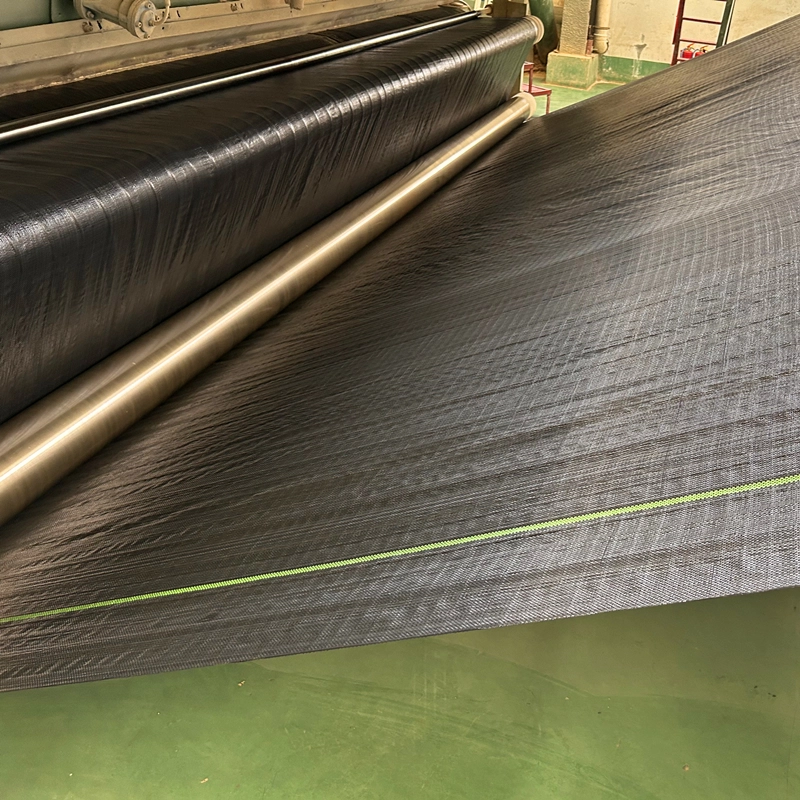
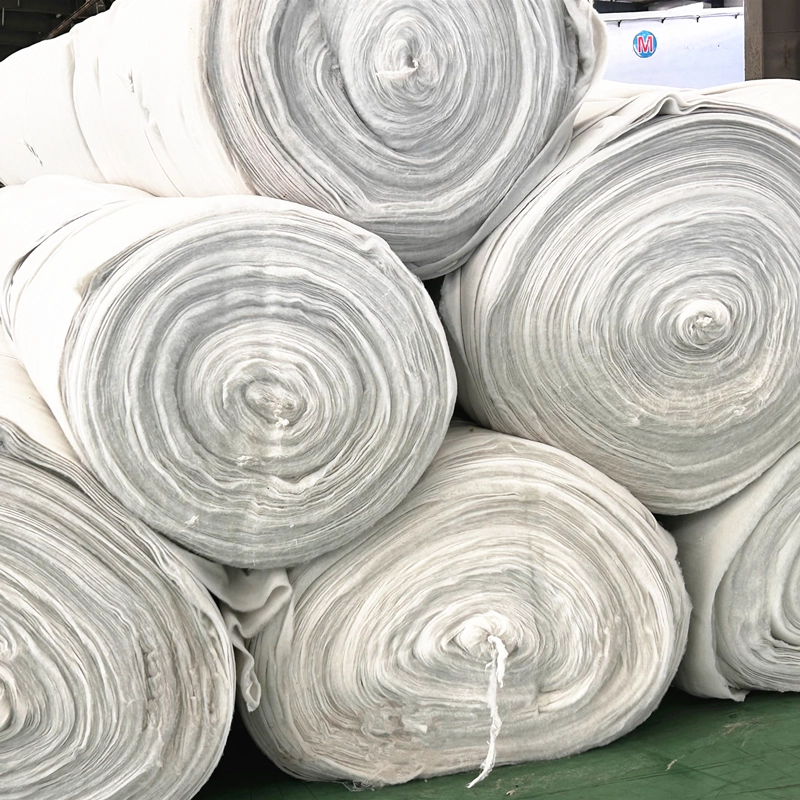
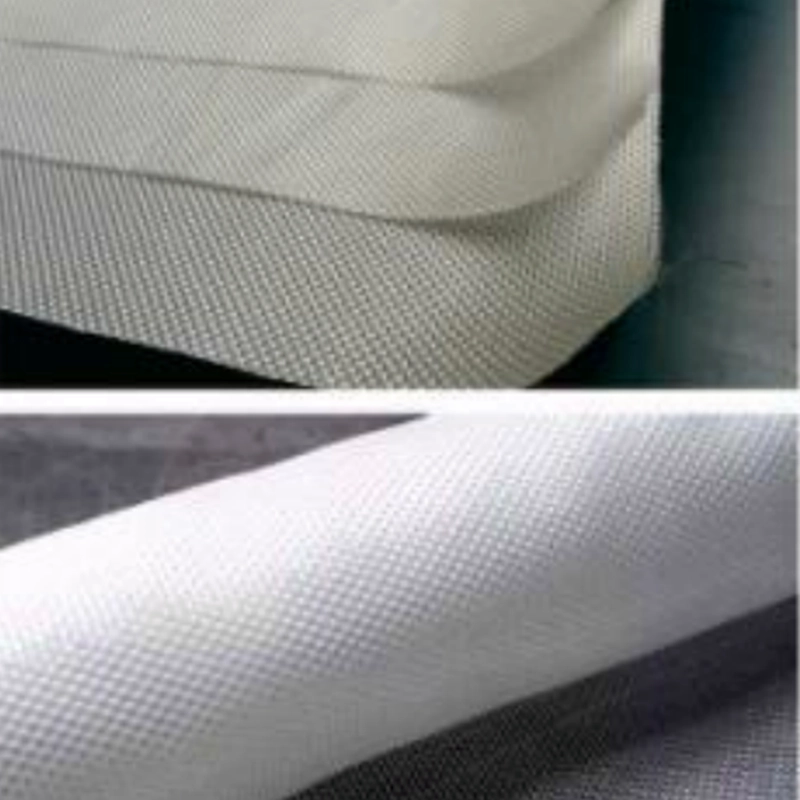
503.webp)
759.webp)
241.webp)
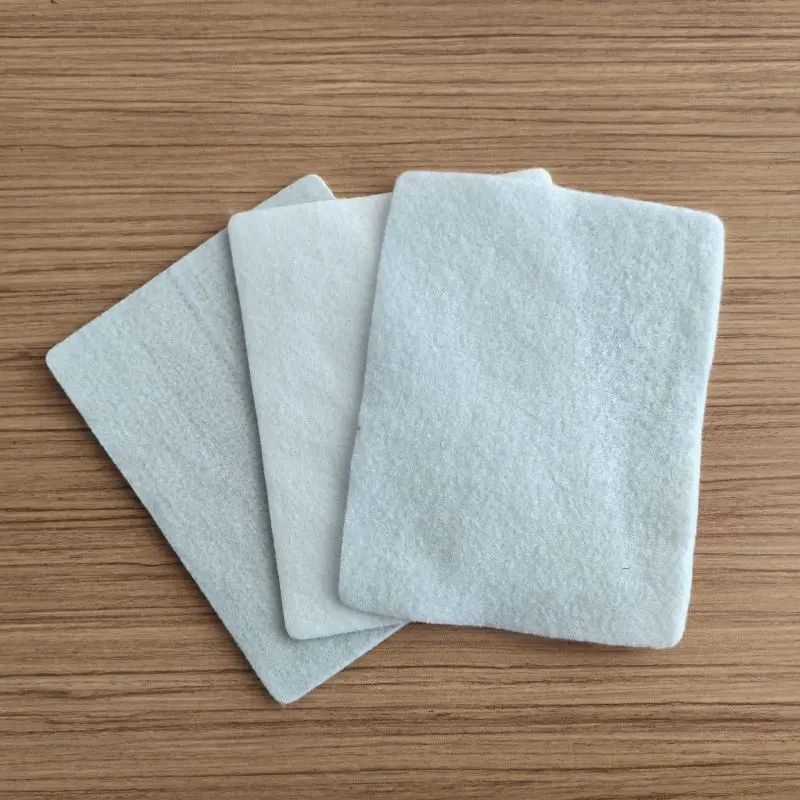
191.webp)